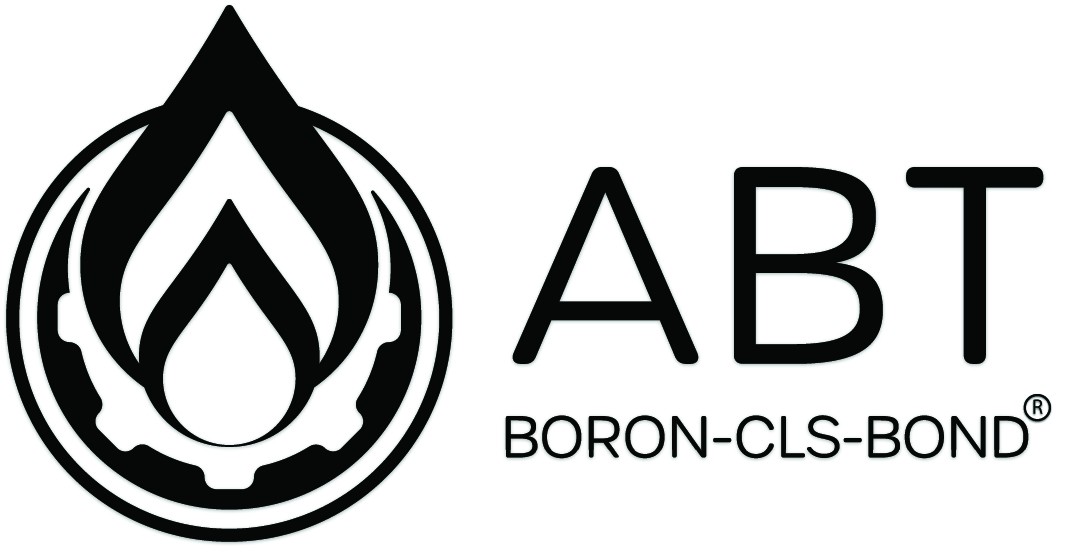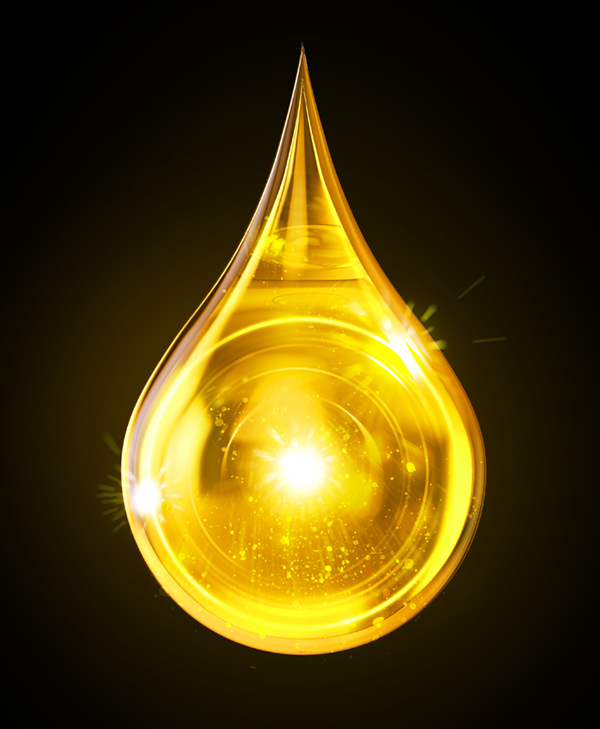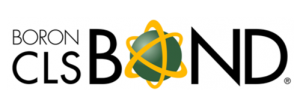Advanced Сгенерированная статья Techniques and Best Practices
Before and After: What Changed with Dystopian Books
The Starting Point
In the early days of literature, the concept of dystopia was often intertwined with cautionary tales. Books like “1984” by George Orwell and “The Handmaid’s Tale” by Margaret Atwood have become essential reading, not just for their storytelling, but for the critical conversations they inspire.
The Transition Period
As the popularity of dystopian literature surged, a transformation began to take shape. The post-9/11 world saw a growing sense of uncertainty and fear, which made dystopian scenarios more relatable. This set the stage for a new genre that would captivate audiences and inspire critical thinking.
Why good dystopian novels Were Chosen
Good dystopian novels were chosen because they provide a mirror to society, reflecting both current issues and potential futures.
Equally important, they challenge us to reflect on our world, question authority, and consider the implications of our choices. This connection sparked conversations around topics such as governmental control, environmental sustainability, and individual rights. dystopian literature books
Book clubs, online forums, and social media platforms became avenues for discussing the implications of these narratives. Readers were drawn to tales of adventure, love, and triumph over evil.
Before and After: What Changed with Dystopia Books
The Starting Point
Before the rise of dystopia books, literature was dominated by themes of romance, adventure, and fantasy.
The mainstream literary world was dominated by romanticism, adventure, and traditional storytelling.
Why Dystopian Books Were Chosen
The rise of dystopian literature can be traced back to various socio-political developments. I find myself more engaged and conscious of the world around me. Dystopian books became a refuge for those who wanted to explore worst-case scenarios in a safe space. These novels served as cautionary tales, warning readers about the potential dangers of complacency and the erosion of personal freedoms. Readers began to seek out these narratives not just for escapism, but as a means to understand and process their own realities.
The Transition Period
The transition period for dystopian literature can be traced back to the early 2000s, when the genre began to evolve.
Before the emergence of renowned dystopian works, literature primarily revolved around romantic, adventurous, or heroic themes. This engagement led to a greater awareness of social issues, prompting individuals to take action in their communities. popular dystopian novels
Where Things Stand Now
Today, the impact of dystopian literature is evident in various aspects of society. Dystopian books offered a unique way to reflect on contemporary societal problems, allowing readers to examine the potential consequences of our actions in a more engaging format.
Moreover, dystopian narratives often serve as cautionary tales, warning us about the paths we might take if we fail to address these pressing issues. Readers not only consume these narratives but also engage with them, reflecting on their implications and drawing parallels with real-world events. Books like George Orwell’s 1984 and Aldous Huxley’s Brave New World set a precedent for exploring the darker sides of humanity’s potential futures. The transition period marked a time when individuals started to connect the dots between fiction and reality.
The concept of a dystopian world, however, provided a stark contrast, laying bare the flaws in our own societies through exaggerated and often terrifying scenarios.
Why Dystopia Books Were Chosen
The choice to delve into dystopian literature stemmed from a growing unease with the state of the world.






